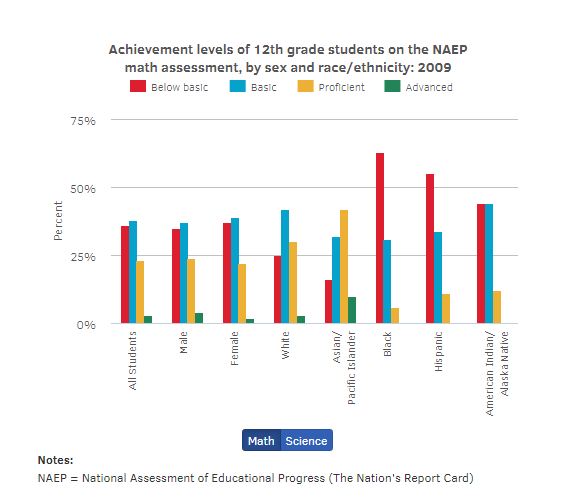
Moonpreneur
Science education is critical for the development of kids, and science projects are the most effective way to pique children’s interest in the subject. The primary aim of science projects is to encourage scientific thinking among kids.
Science experiments are an effective way to teach children how to observe, question, predict, hypothesize, experiment, analyze, and draw conclusions. This scientific approach teaches children critical thinking and problem-solving skill, which are essential not only in scientific fields but also for success in life.
Another objective of school science projects is to help children develop practical skills. The hands-on experience with scientific equipment and techniques helps them develop practical skills such as measuring, weighing, and manipulating equipment.
Science projects can build interest among students in science learning and help them choose future occupations in science, technology, engineering, and mathematics (STEM) fields.
However, according to a report by the National Science Foundation, only 26% of high school seniors in the United States are proficient in science. The data suggest engaging children in hands-on science projects is critical for developing their interests and knowledge.
In this blog, we will discuss the five easy science project ideas for kids that are fun, easy, and educational.

Source: National Science Foundation
1. Solar System Model
It is a fascinating topic for kids and adults alike. Creating a solar system model is a fun and educational project that can teach kids about the planets in the solar system, their size, their distance from the sun, and their unique features. To create a solar system model, kids can use paper, clay, or styrofoam balls to represent the planets.
They can paint the balls to look like real planets and arrange them in their respective positions around the sun. This project can be enhanced by including celestial bodies like asteroids, comets, and dwarf planets. The activity is not only fun but also helps develop fine motor skills and creativity in children.
2. Electric Circuit Project
Electricity is a fundamental scientific concept that powers our world. Children can learn about electricity through electric circuit projects. For this project, they can create a simple circuit by connecting a battery, wires, and a light bulb. They can experiment with different ways of connecting the wires to the battery and bulb to see how it affects the operation of the circuit.
This project has much potential for expansion by adding more complex components like switches, resistors, and capacitors.
3. Egg Drop Experiment
This one is quite a fun and exciting experiment that teaches children about gravity and the laws of physics. This experiment aims to design a protective covering to save a raw egg from breaking when dropped from a height.
From making a toothpick or straw frame around the egg or creating a cushion-like structure using bubble wrap, sponge, paper, Oobleckor, or cotton balls, children can use their creativity to find various solutions.
Once the covering is complete, children can drop their egg with the protective covering from various heights to see if it survives. This educational project is best for teaching problem-solving and critical thinking skills to children.
4. Volcano Eruption
A classic science project, it teaches children about chemical reactions and how they work. Kids can use clay or paper mache to make the model volcano. They need baking soda, vinegar, and red food color for the eruption. The baking soda and vinegar react and produce carbon dioxide gas, which causes the eruption.
Children can mix baking soda and food coloring in a small plastic bottle inside their model volcano. Then add vinegar to create the eruption. This project is not only fun but also teaches children about the chemical reactions that occur when baking soda and vinegar are combined.
5. Electromagnet
Making an electromagnet can be an entertaining, educational project to teach kids about electricity and magnetism. Children can create their electromagnet by wrapping a wire around a metal object, such as an iron nail or screw, and connecting it to a battery.
They can then experiment with the strength of the magnet by changing the number of wire turns or by using different batteries. Additionally, they can use their electromagnet to pick up small magnetic objects such as paper clips or experiment with creating other types of magnetic fields.
Recommended Reading:
- 6 Robotics Project Ideas for High School Students in 2023
- Top 5 Math Project Ideas for Kids
- Top 10 Arduino Projects for Kids in 2023
Conclusion
The projects discussed in this blog are only a few examples of the many science projects children can do with proper safety precautions. By conducting experiments and seeing the results firsthand, students can better understand abstract concepts, making science more accessible and exciting. This can help to foster a lifelong love of science and encourage them to pursue careers in STEM fields.
Moonpreneur is on a mission to disrupt traditional education and future-proof the next generation with holistic learning solutions. Its Innovator Program is building tomorrow’s workforce by training students in AI/ML, Robotics, Coding, IoT, and Apps, enabling entrepreneurship through experiential learning.

























What project could showcase the concept of renewable energy to a younger audience?
Creating a mini wind turbine or solar oven demonstrates renewable energy to kids. They learn how wind or sunlight can generate electricity or heat, making sustainability tangible and accessible.
Is it possible to design a project that explores the science behind optical illusions?
Crafting a DIY thaumatrope or creating anamorphic art reveals how our brains interpret visual information, exploring the science behind optical illusions in an engaging, hands-on manner.